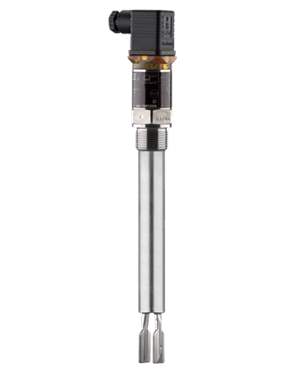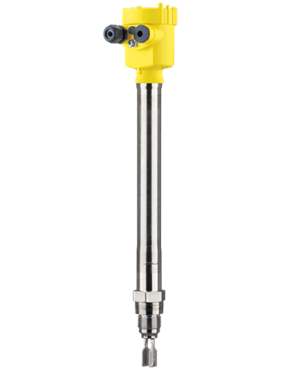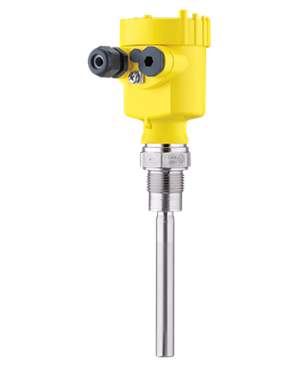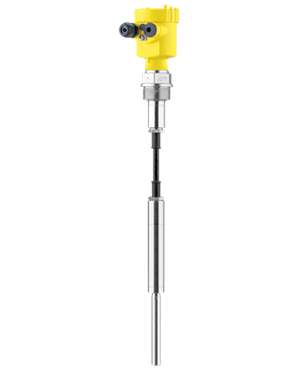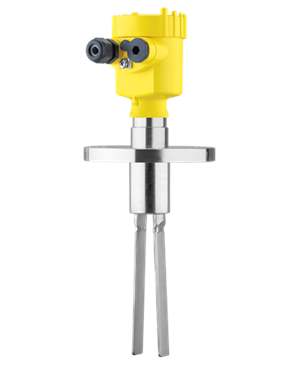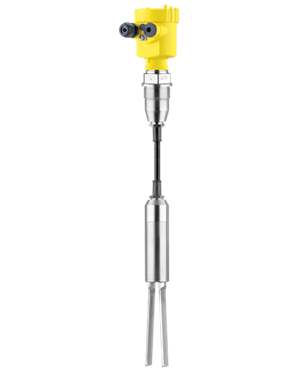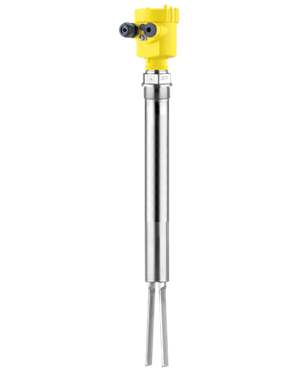- Transmitters
- Control Valves
- Transducer
- Controllers / Positioners
- Gauges
- Sensors
- Accessories
- RTDs-Resistance Temperature Detectors
- Instrument Manifold
- Thermocouples and Thermocouple Assemblies
- Wireless Products
- Detectors
- Miscellaneous products
- Alarms and signaling devices
- Gas Detectors
- Gas Monitoring Systems
- Flame Detectors
- Hart communication tool
- Hydrostatic level probes
- Wire Products
- Displays / Digital indicators
- Diaphragm seals
- Thermowells
- Thermometers
- Automotive Equipment
- Signal generators
- Data-loggers, Recorders
- Humidity and Temperature Transducer
- Power supplies, Isolators, Signal converter
QUICK ENQUIRY
Vibrating Level Switches
Vibrating level switches, also known as tuning fork level switches or vibrating fork level switches, offer a proven, low-maintenance method for detecting the presence or absence of material in tanks, vessels, and pipelines. Using the vibration frequency principle, these devices provide precise, repeatable switching signals for liquids and light bulk solids, unaffected by density, conductivity, or turbulence.
Filter By
How Vibrating Level Switches Work
Vibrating level switches operate on the vibrating fork principle. A piezoelectric drive causes the fork to oscillate at its natural frequency. When the fork comes into contact with liquid or solid material, the frequency decreases. This change is detected by the electronics, which trigger a switch signal.
This simple, calibration-free technology ensures fast, accurate, and reliable level detection, even in media affected by foam, viscosity, or buildup.
Where Vibration Meets Reliability in Level Control
Vibrating level switches bring together the precision of vibration technology and the dependability required in modern process environments. The tuning-fork principle ensures that each switch responds instantly to contact with liquid or solid media regardless of foam, turbulence, or changes in density.
With no moving parts or calibration drift, these switches operate consistently even in harsh or hygienic systems. Their rugged construction, coupled with intelligent self-monitoring, guarantees stable operation and early fault detection.
From storage tanks to sanitary vessels, vibrating fork switches provide uncompromised reliability in level control, helping facilities maintain safe, efficient, and uninterrupted process performance.
Technical and Design Highlights
Our VEGASWING vibrating level switches feature high-grade materials, compact housings, and precision-engineered forks for long-lasting performance across demanding environments.
Model-Dependent Specifications:
• Measuring Principle: Vibrating fork technology
• Medium Compatibility: Liquids and light solids
• Operating Pressure: Up to 64 bar
• Temperature Range: –50°C to +250°C (depending on model)
• Switching Delay: < 0.5 seconds
• Process Connection: Threaded, flanged, or hygienic options
• Housing Material: Stainless steel or corrosion-resistant alloy
• Protection Class: Up to IP66/IP68 (Type 6P)
With vibration-resistant electronics and compact construction, these switches ensure consistent accuracy and long service life in both hygienic and industrial setups.
Performance You Can Trust from The Transmitter Shop
The Transmitter Shop (TTS) delivers vibrating level switches that combine cutting-edge sensing technology with proven reliability. Our range VEGASWING 51, 53, 61, and 63 is selected for its durability, precision, and compatibility with modern control systems.
Whether used for pump control, overfill protection, or hygienic monitoring, TTS ensures every switch meets your application’s exact requirements for accuracy and operational safety.
Frequently Asked Questions (FAQs)
1. What is a vibrating level switch?
It’s a device that detects material presence using a vibrating fork that changes frequency when in contact with media.
2. What’s the difference between a vibrating fork and a tuning fork level switch?
They’re the same “tuning fork” refers to the fork-shaped sensing element used in vibrating level switches.
3. Do vibrating level switches require calibration?
No, they are factory-set and maintenance-free.
4. Can these switches be used in hygienic systems?
Yes, several models are designed for sanitary applications with smooth, crevice-free surfaces.
5. What are typical uses of vibrating level switches?
They’re ideal for liquids, powders, and slurries in process, food, energy, and chemical industries.

.webp)




